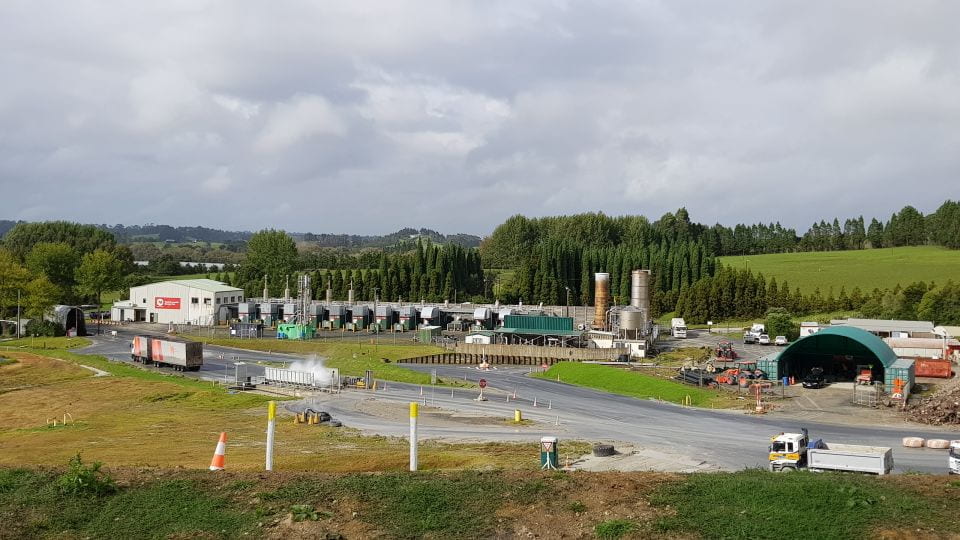
by JonoB | Nov 5, 2019 | Case studies – Rethinking plastics
In LCAs of wine, the analysis extends from growing grapes through to winemaking, and on to distribution, consumption and end-of-life management of the empty wine bottle. The production and transport of the wine bottle itself is an environmental hotspot in the life...

by JonoB | Nov 5, 2019 | Case studies – Rethinking plastics
Palmerston North City Council collects over 4,000 tonnes of recycling from the Palmerston North kerbside collection service and owns their own MRF, which receives recycling from Horowhenua City Council, Waste Management – Palmerston North and New Plymouth, and...

by JonoB | Nov 5, 2019 | Case studies – Rethinking plastics
In 2016, Aucklanders sent 1.6 million tonnes of waste to landfill for disposal. Around 14% came from household kerbside collections, and 86% from commercial and other activities. That’s over one tonne of rubbish for every Aucklander. The Redvale Landfill and Energy...

by JonoB | Nov 5, 2019 | Case studies – Rethinking plastics
Plastic beverage containers are one of the most common single-use plastic packaged products. These are manufactured onshore or imported as packaged goods. Two groups have estimated the production and recovery of beverage containers in Aotearoa New Zealand using...

by JonoB | Nov 5, 2019 | Case studies – Rethinking plastics
Many manufacturers, brand owners, suppliers and retailers use the global GS1 database to share information with one another as a product moves through the supply chain from manufacture to purchase, within and between countries. A network of regional organisations,...

by JonoB | Nov 5, 2019 | Case studies – Rethinking plastics
Numerous studies have identified tyre abrasion as the leading cause of microplastics emissions into the environment, far outweighing other sources such as manufacturing resin, washing of synthetic clothing, and fishing gear.[1] Globally, it is estimated that tyres...







